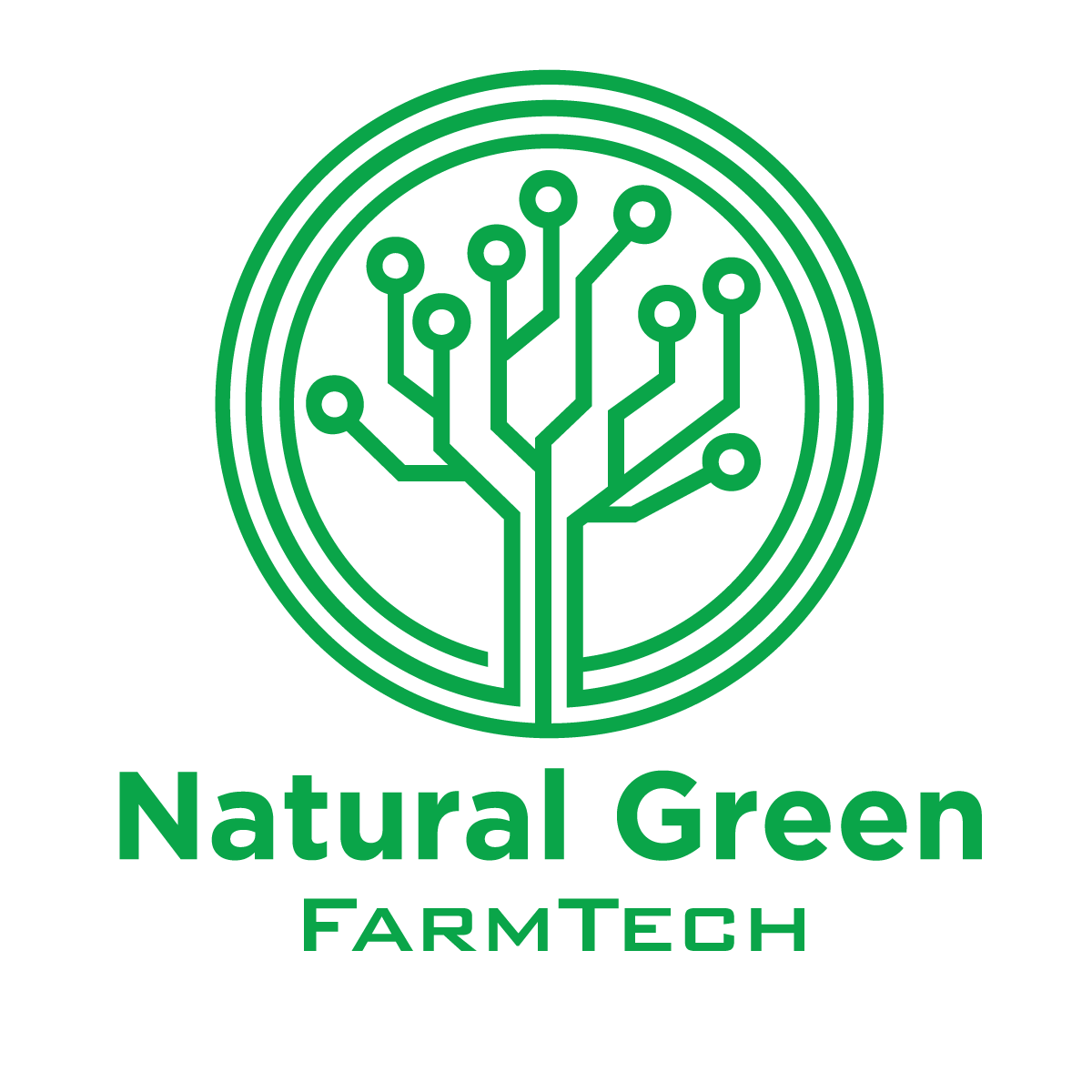Dwarf Guava Cultivation
Guava is one of the most important and popular fruit in Kenya but also one of the most overlooked fruit type. Commercial guava orchards are a rare sight, a majority of farmers plant a few trees or rely on guava trees that grow wildly in their home forests. Here are some of the reasons why you should plant guavas in your orchard:
- Low cost of production, it needs less fertilizer, irrigation & plant protection.
- High nutritive value; rich source of vitamin A & C, calcium, phosphorous and iron.
- Availability of dwarf varieties which produce fruits with less seeds and more flesh; ideal for commercial cultivation.
- Guavas are hardy and give an assured crop with minimal care.
Factors to consider before planting:
- Climate & Soil
Guava performs well in both tropical and subtropical regions that receive an annual rainfall of 1000mm. Temperatures that range between 15°C and 35°C are ideal for optimum growth and development. Guavas are more drought resistant and can tolerate temperatures of up to 45°C.
- Soil requirement & fertilization
Being a hardy crop, guavas thrive in all soil types that are not prone to waterlogging. Soil PH of 5.0-8.5 is suitable for guava cultivation. For maximum production ensure your soil is rich and high in organic matter. Guavas grow fast and are heavy feeders therefore manure application is desired from time to time. Fertilizer application will be determined by the age of the tree, soil status and your management practices.
- Irrigation
Young seedlings need regular irrigation in instances where there is no rainfall. Mature tree are irrigated on a need basis when trees show signs of stress or when fruiting to avoid excessive fruit drop.
- Training & Pruning
Prune to shape your trees and maintain desired tree height. Dry, damaged or diseased branches should be removed. Train your mature guava trees by bending the shoots to activate dormant buds and induce flowering
- Plant protection
Guavas are rarely attacked by pests and diseases but it is still important to ensure your plants are healthy and well protected against any attacks. Major pests include: fruit fly, scales and mealy bugs. Diseases to watch out for are: Anthracnose, guava wilt and fruit canker.
- Harvesting
You can start harvesting your guavas from the third year onwards. Yield varies depending on variety, age of tree and orchard management practices. Guavas bruise easily, harvest with care to avoid any damage on the fruit. They can be consumed fresh or blended to produce highly nutritious juice.
Posted on July 20, 2023, in Environment and tagged apricot seedlings, fruit seedlings, guava seedlings, kenya, kitale, nairobi, nature. Bookmark the permalink. Leave a comment.




Leave a comment
Comments 0